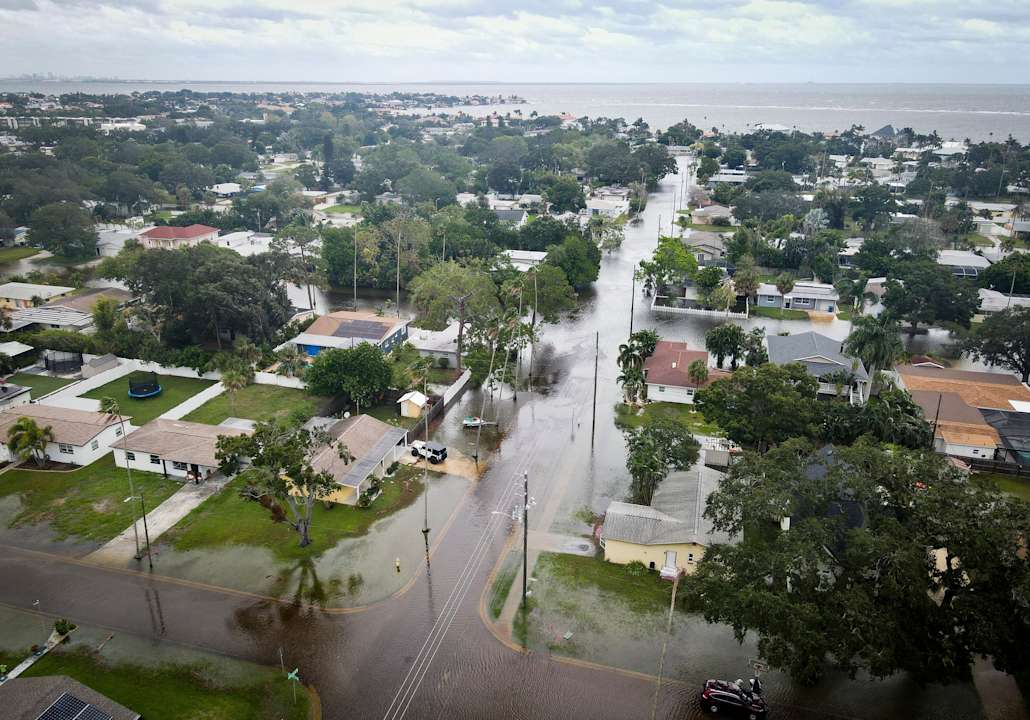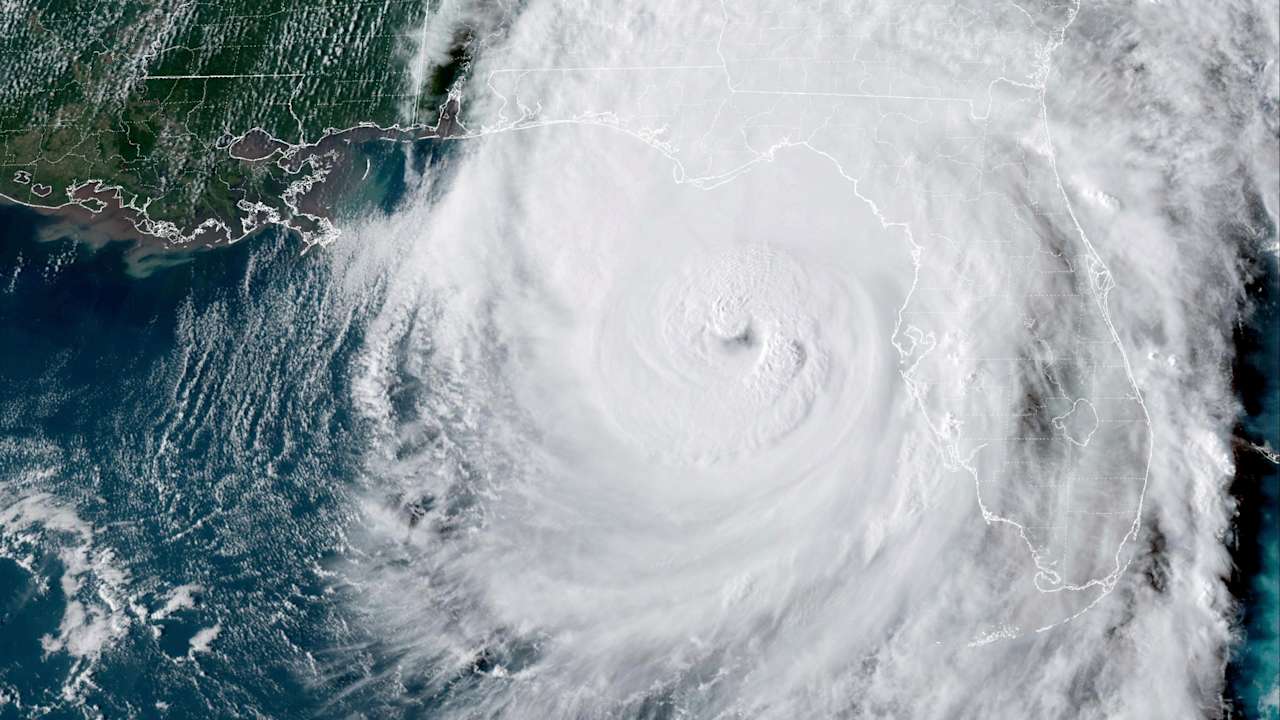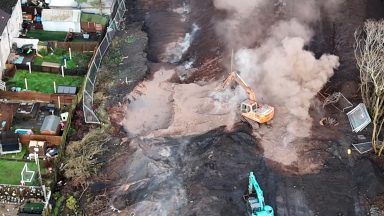The National Hurricane Centre in Miami said Hurricane Helene has reached maximum winds estimated at 140 mph.
Hurricane Helene made landfall in northwestern Florida as a Category 4 storm as forecasters warned that the enormous system could create a “nightmare” storm surge and bring dangerous winds and rain across much of the southeastern U.S. There were at least three storm-related deaths.
The National Hurricane Center in Miami said Helene roared ashore around 11.10pm Thursday. It had maximum sustained winds estimated at 140 mph (225 kph).
Helene prompted hurricane and flash flood warnings extending far beyond the coast up into northern Georgia and western North Carolina. More than 1.2 million homes and businesses were without power in Florida, more than 190,000 in Georgia and more than 30,000 in the Carolinas, according to the tracking site poweroutage.us. The governors of those states and Alabama and Virginia all declared emergencies.

One person was killed in Florida when a sign fell on their car and two people were reported killed in a possible tornado in south Georgia as the storm approached.
“When Floridians wake up tomorrow morning, we’re going to be waking up to a state where very likely there’s been additional loss of life and certainly there’s going to be loss of property,” Florida Gov. Ron DeSantis said at a news conference Thursday night.
Helene was moving rapidly inland after making landfall, with the center of the storm set to race from southern to northern Georgia through early Friday morning. The risk of tornadoes also would continue overnight and into the morning across north and central Florida, Georgia, South Carolina and southern North Carolina, forecasters said. Later Friday, there would be the risk of tornadoes in Virginia.
“Helene continues to produce catastrophic winds that are now pushing into southern Georgia,” the hurricane center said in an update at 1am. Friday. “Persons should not leave their shelters and remain in place through the passage of these life-threatening conditions.”
Beyond Florida, up to ten inches (25 centimeters) of rain had fallen in the North Carolina mountains, with up to 14 inches (36 centimeters) more possible before the deluge ends, setting the stage for flooding that forecasters warned could be worse than anything seen in the past century.
In south Georgia, two people were killed when a possible tornado struck a mobile home on Thursday night, Wheeler County Sheriff Randy Rigdon told WMAZ-TV. Wheeler County is about 70 miles (113 kilometers) southeast of Macon.
The storm made landfall in the sparsely-populated Big Bend area, home to fishing villages and vacation hideaways where Florida’s Panhandle and peninsula meet.
“Please write your name, birthday, and important information on your arm or leg in a PERMANENT MARKER so that you can be identified and family notified,” the sheriff’s office in mostly rural Taylor County warned those who chose not to evacuate in a Facebook post, the dire advice similar to what other officials have dolled out during past hurricanes.
Federal authorities staged search-and-rescue teams as the weather service forecast storm surges of up to 20 feet (six meters) and warned they could be particularly “catastrophic and unsurvivable” in Apalachee Bay.

While Helene will likely weaken as it moves inland, damaging winds and heavy rain were expected to extend to the southern Appalachian Mountains, where landslides were possible, forecasters said. Tennessee was among the states expected to get drenched.
Helene had swamped parts of Mexico’s Yucatan Peninsula on Wednesday, flooding streets and toppling trees as it passed offshore and brushed the resort city of Cancun. In western Cuba, Helene knocked out power to more than 200,000 homes and businesses as it brushed past the island.
Areas 100 miles (160 kilometers) north of the Georgia-Florida line expected hurricane conditions. The state opened its parks to evacuees and their pets, including horses. Overnight curfews were imposed in many cities and counties in south Georgia.
“This is one of the biggest storms we’ve ever had,” said Georgia Gov. Brian Kemp.
For Atlanta, Helene could be the worst strike on a major Southern inland city in 35 years, said University of Georgia meteorology professor Marshall Shepherd.
Helene is the eighth named storm of the Atlantic hurricane season, which began June 1. The National Oceanic and Atmospheric Administration has predicted an above-average Atlantic hurricane season this year because of record-warm ocean temperatures.
Follow STV News on WhatsApp
Scan the QR code on your mobile device for all the latest news from around the country




























